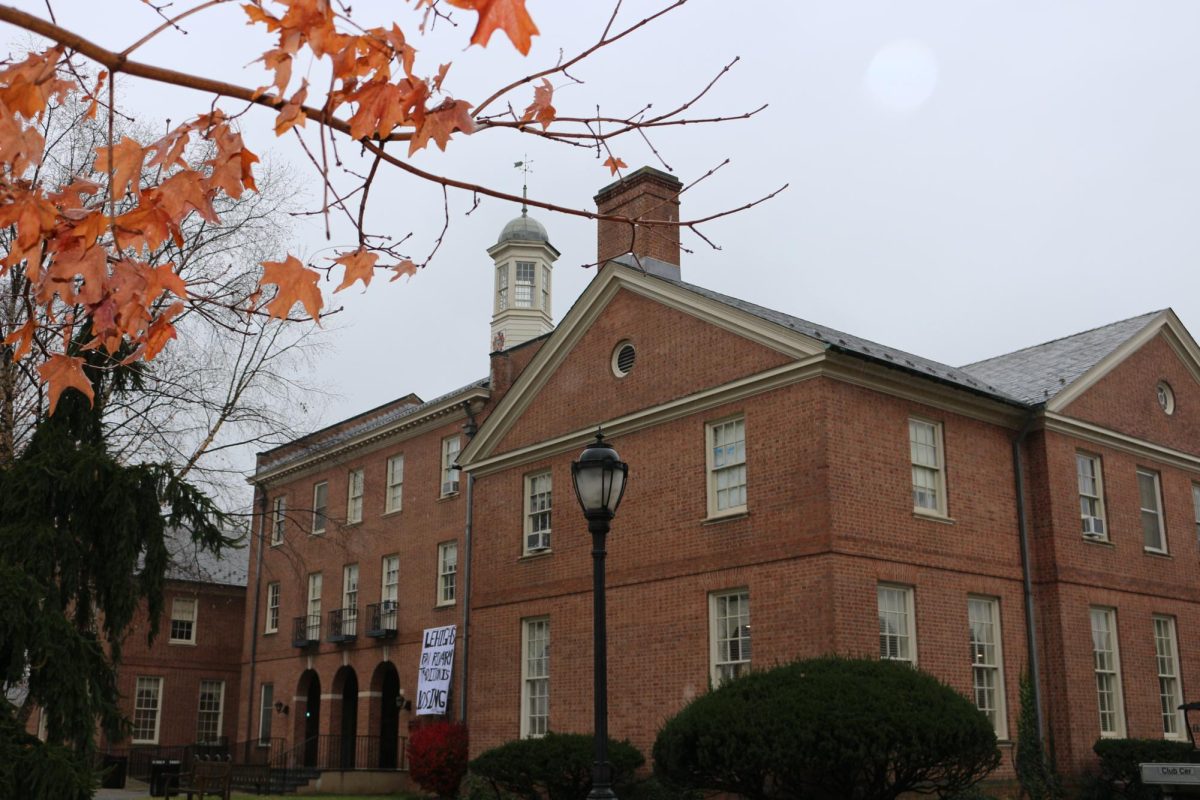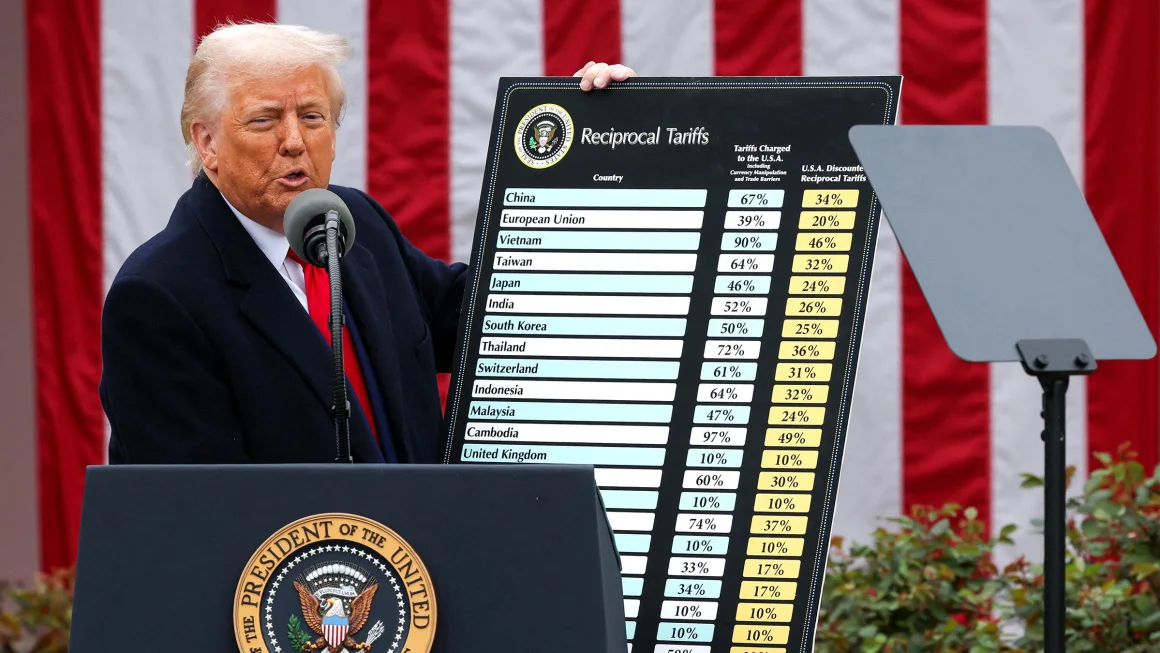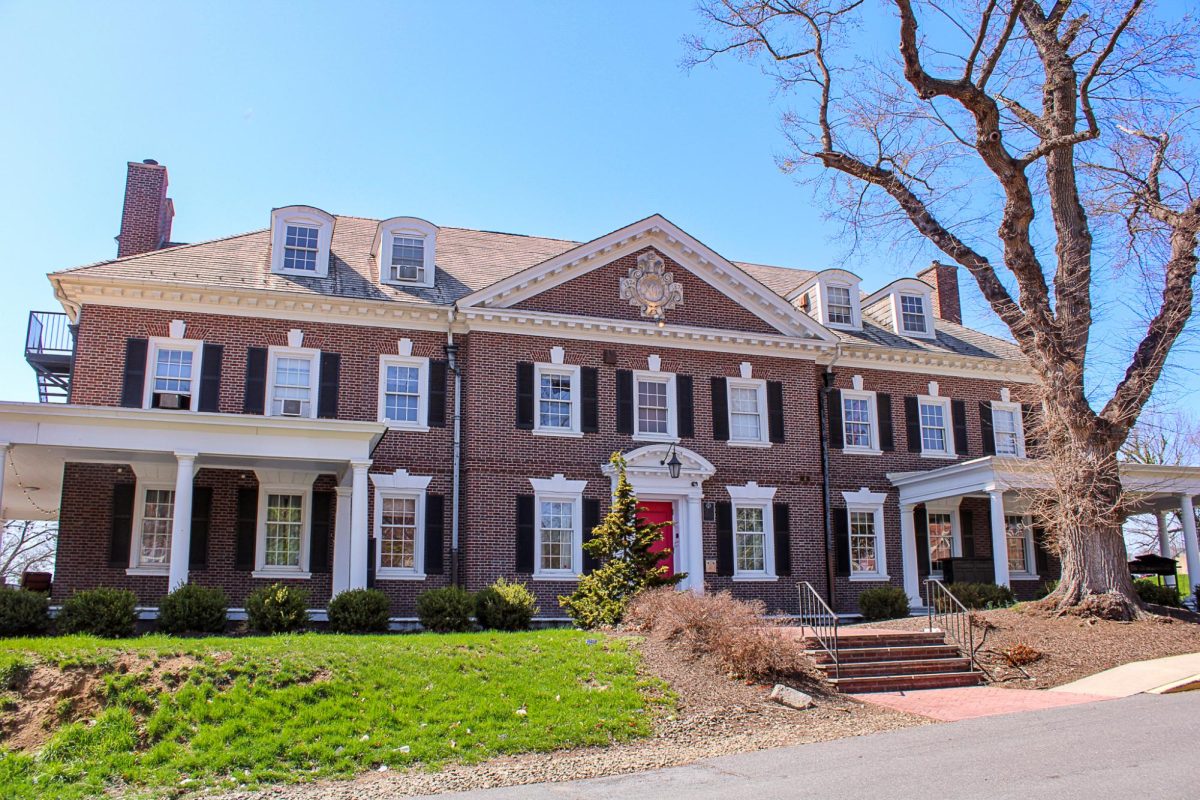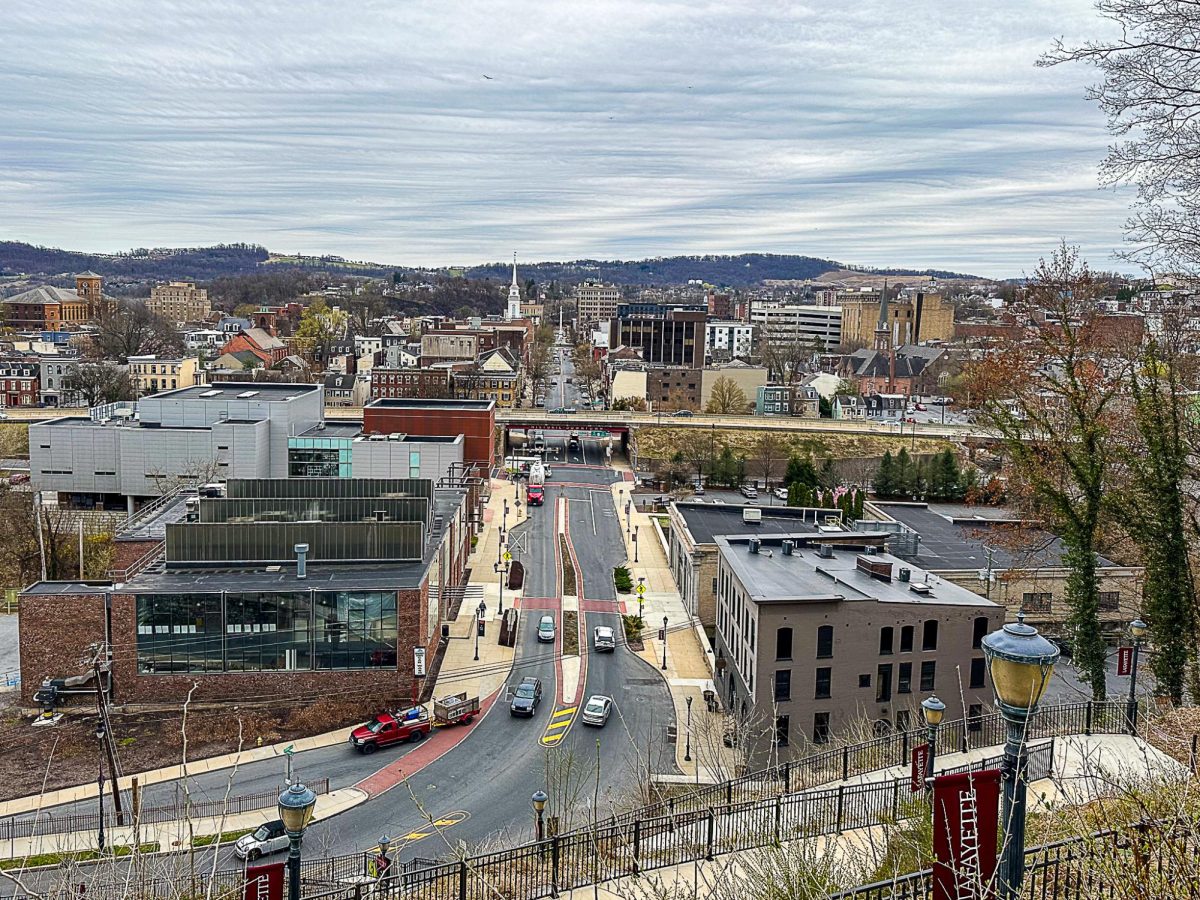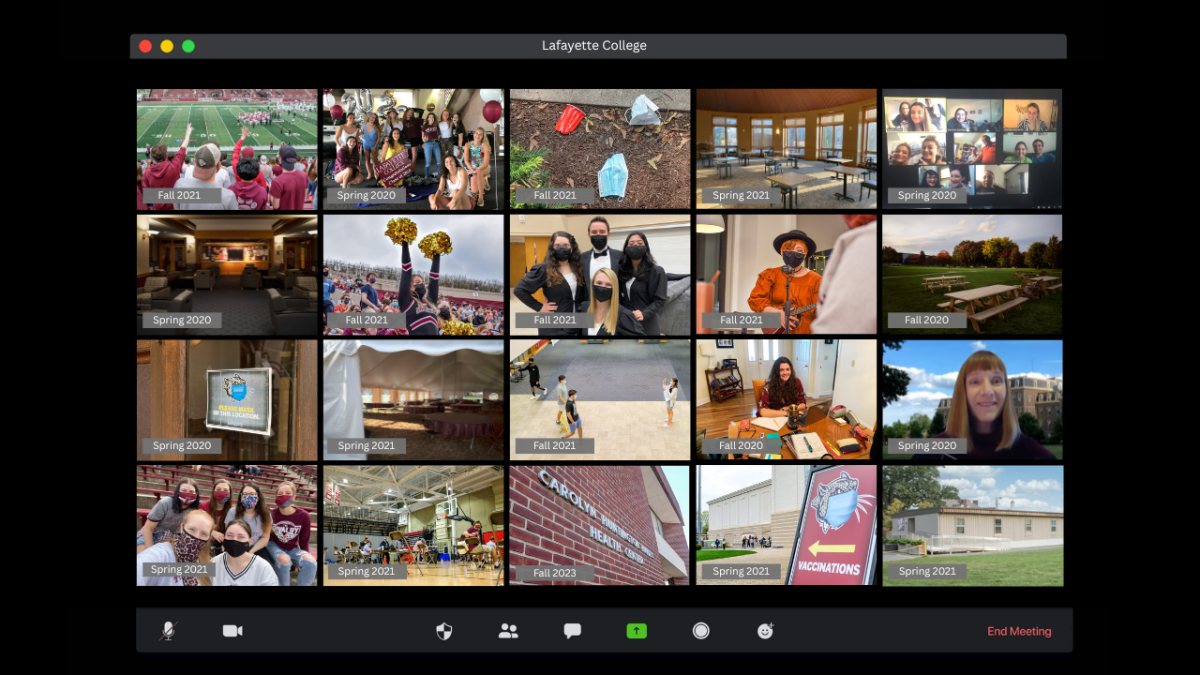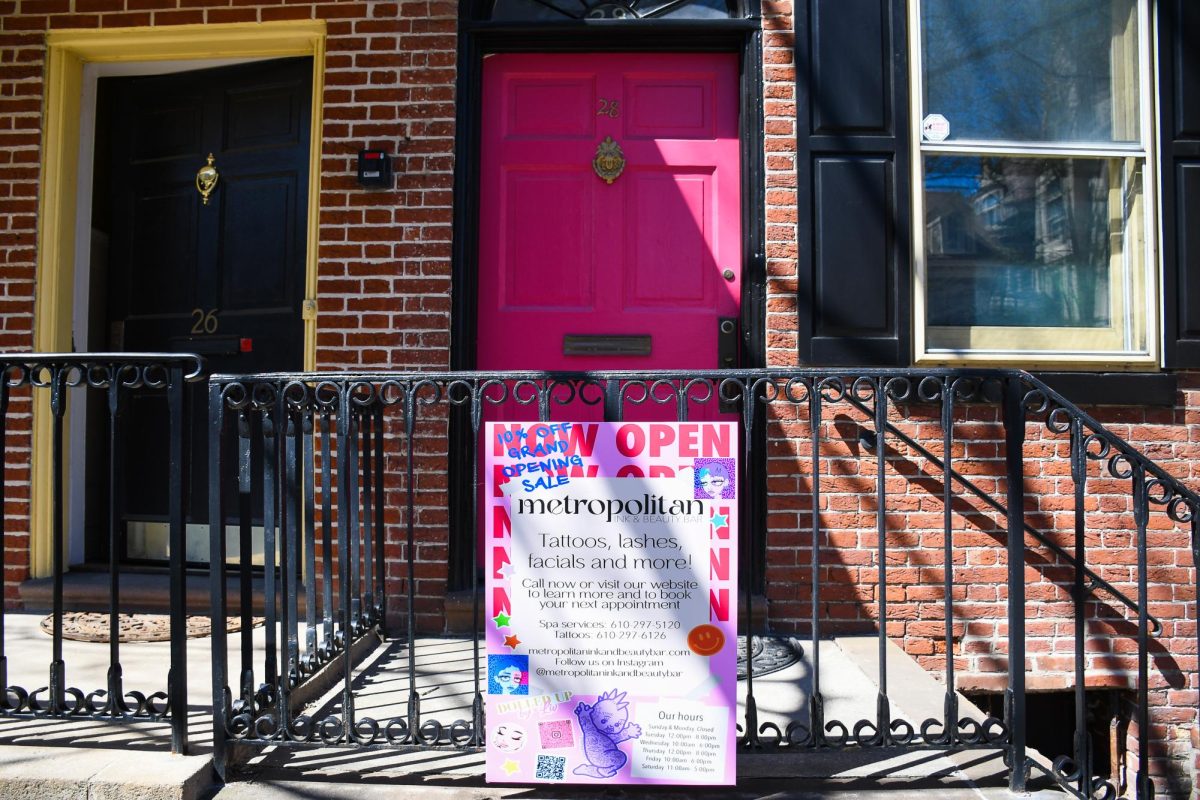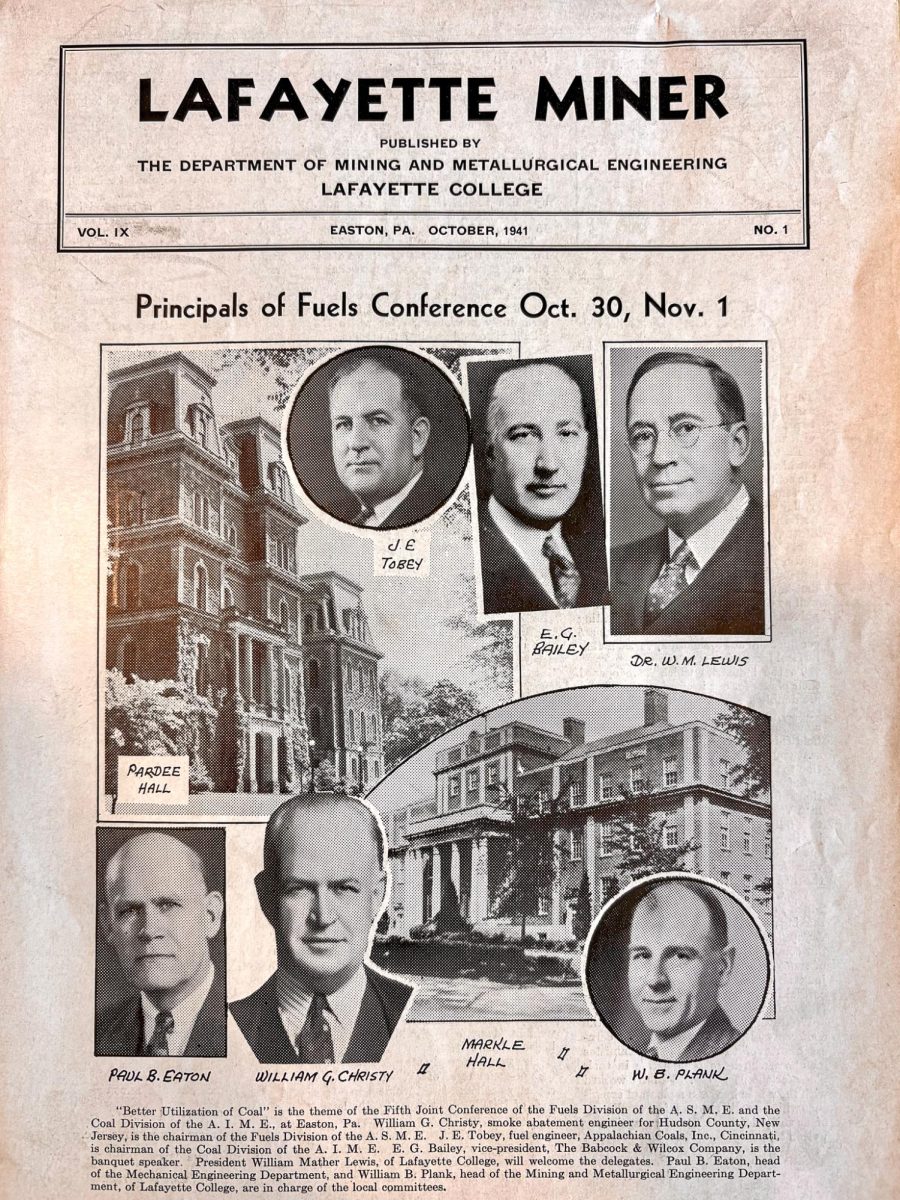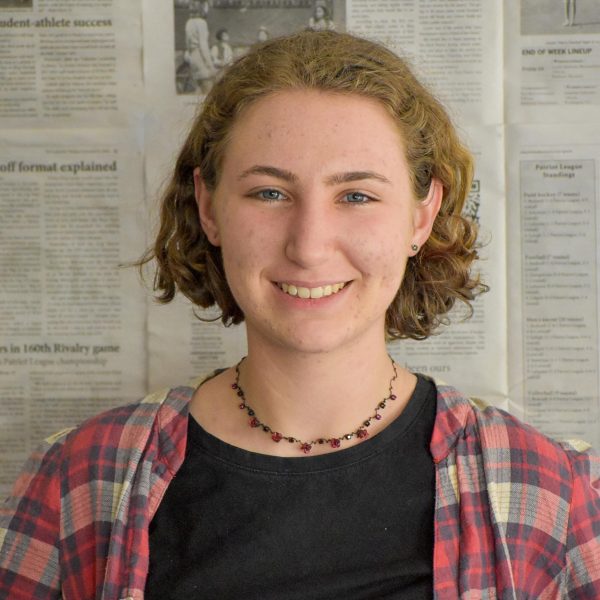
Swetha Tadisina ‘25 has a blazing love for glassblowing — and she has it down to a science.
At a glass hot shop in Bethlehem, Pennsylvania, glassblowers employ a furnace that reaches temperatures of nearly a quarter of the sun’s surface. Glassblowers, like Tadisina, begin their art by sliding a stick into the furnace to gather the liquid glass inside.
“It sticks to the stick like honey,” Tadisina said. “You turn it around. There’s a blob at the end of the stick, and then you bring it out, and then you keep reheating.”
This process is called artistic glassblowing, but Tadisina also gained experience in scientific glassblowing in the summer of 2024.
Together, Tadisina and chemistry professor Heidi Hendrickson published a paper on brown carbon formation this year. Hendrickson had nominated Tadisina for the Dorflinger scholarship, which allowed Tadisina to spend the summer at Yale University doing research for this paper. In the basement of Yale’s chemistry building also lies a scientific glassblowing lab.
Tadisina contacted the technicians in the lab, Daryl and Preston Smith.
“I asked if I could learn from them, work with them,” she said. “All summer, I made test tubes and all kinds of things.”
Artistic and scientific glassblowing differ in the products made, the type of glass employed and the methods used. While artistic glassblowing typically involves soda-lime glass, scientific glassblowers will instead use borosilicate or quartz glass because it resists chemical reactions that might occur inside products of scientific glassblowing, like test tubes.
Scientific glassblowers also use a flame rather than a furnace. The flame is the same temperature as the furnace, but smaller and more precise.
“The glassblowing community learns to keep itself safe,” Tadisina said. “There are dangerous things. It is an extremely hot furnace. I did get burned a few times last summer.”
Tadisina noted the dichotomy of artistic expression and physical danger.
“You don’t think of art as something you do when you’re under threat — physical threat — but this is the exact opposite of that,” she said. “You have to be extremely, fully focused.”
“It tells you how much humans have pushed the limits and put themselves in physical danger to do the things that they love doing,” Tadisina continued. “And they do it with love.”
Tadisina started glassblowing after she visited the Corning Museum of Glass in Corning, New York, in the fall of 2022 where she observed the museum’s glassblowing demonstration.
“I was like, ‘How did you make this?’’’ Tadisina said. “It was such a beautiful experience.”
When she returned to Lafayette, Tadisina asked around and discovered the glassblowing studio in Bethlehem.
“I took an intro class and absolutely fell even more in love with it,” she said. Tadisina started out shaping spheres of glass and now creates decorative jars and flowers.
According to Hendrickson, Tadisina is “a very talented individual in a lot of different ways.”
“She dips into different fields at a very deep level,” Hendrickson said.
Tadisina also participated in last year’s Sidehustle Fair, hosted by Dina Azar ‘25.
“I was excited to see her get into something more creative,” Azar said of Tadisina and her work.
Currently, Tadisina is experimenting with using recycled glass to create new pieces.
“It’s such a big part of our lives, but we haven’t thought about it,” she said about glass. “Just to bring that to the fore — it’s the most exciting feeling, to share your joy and knowledge.”














